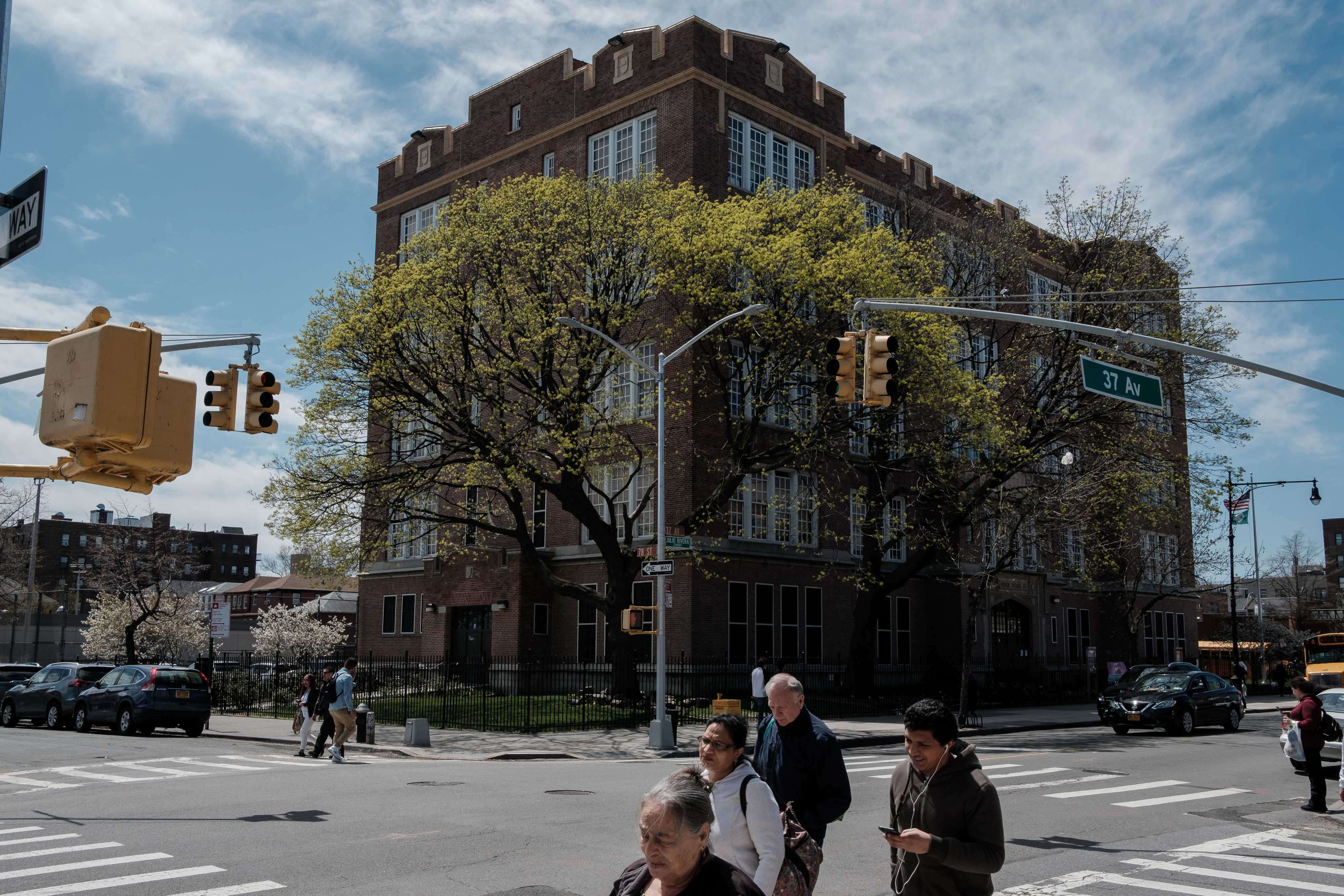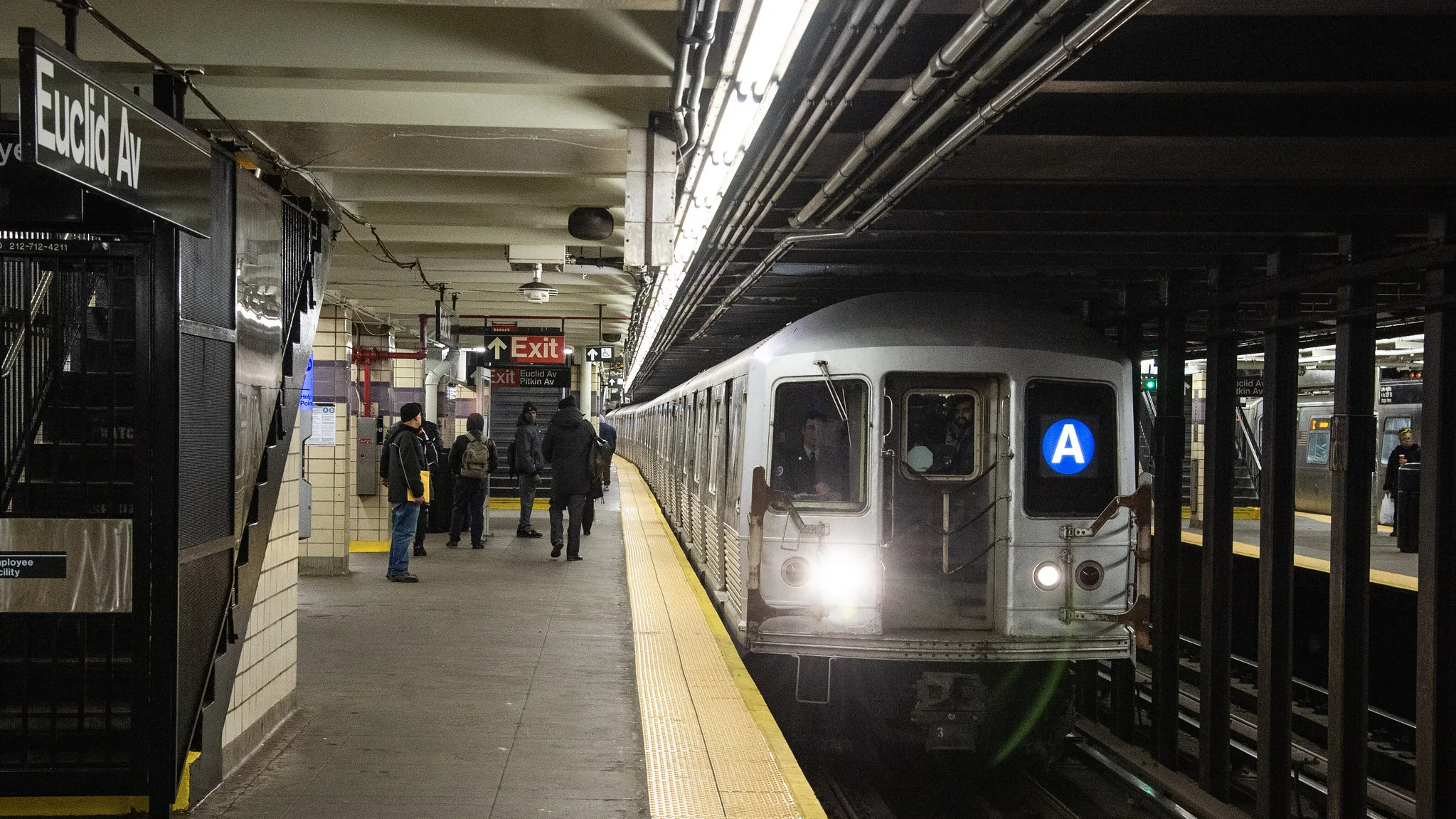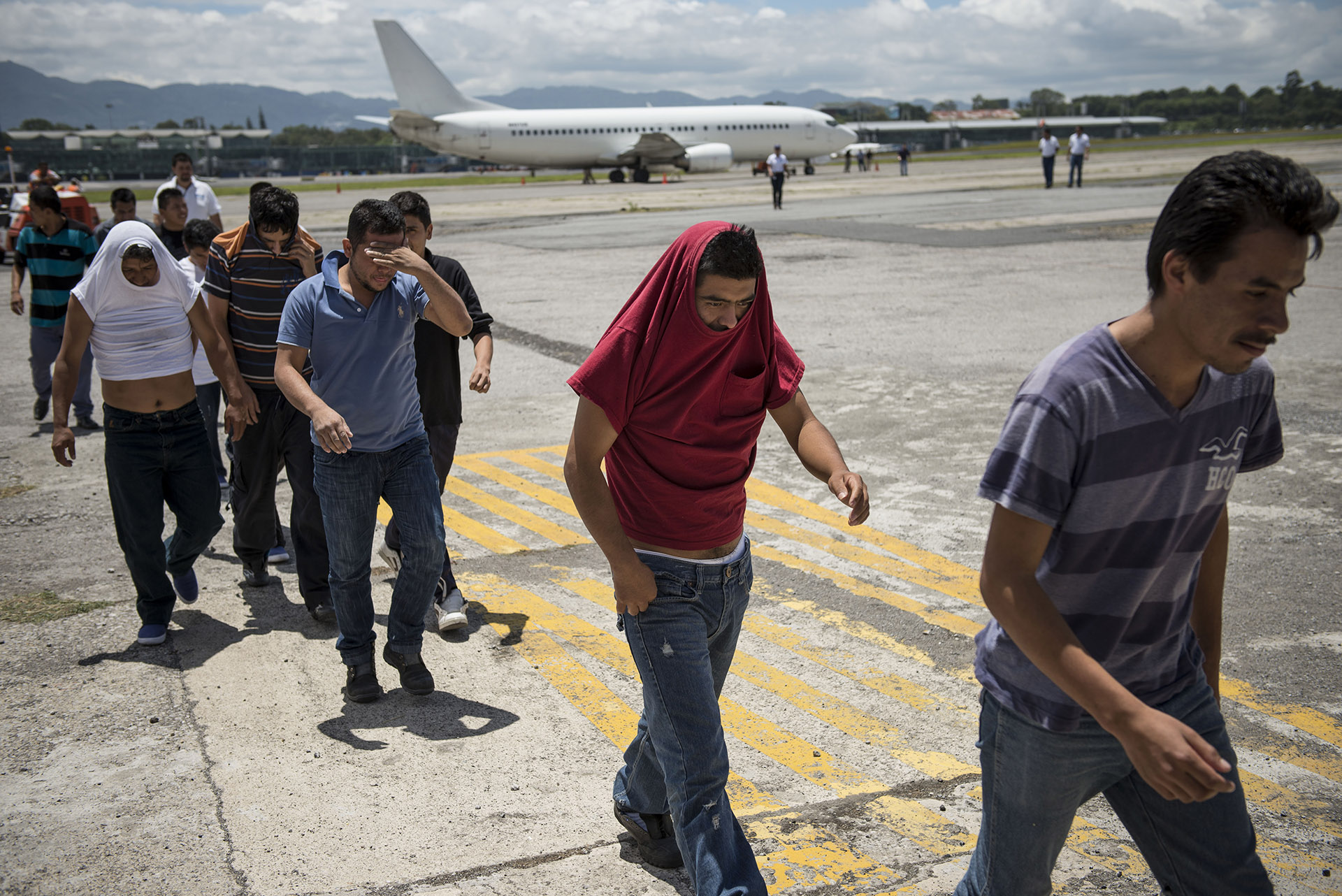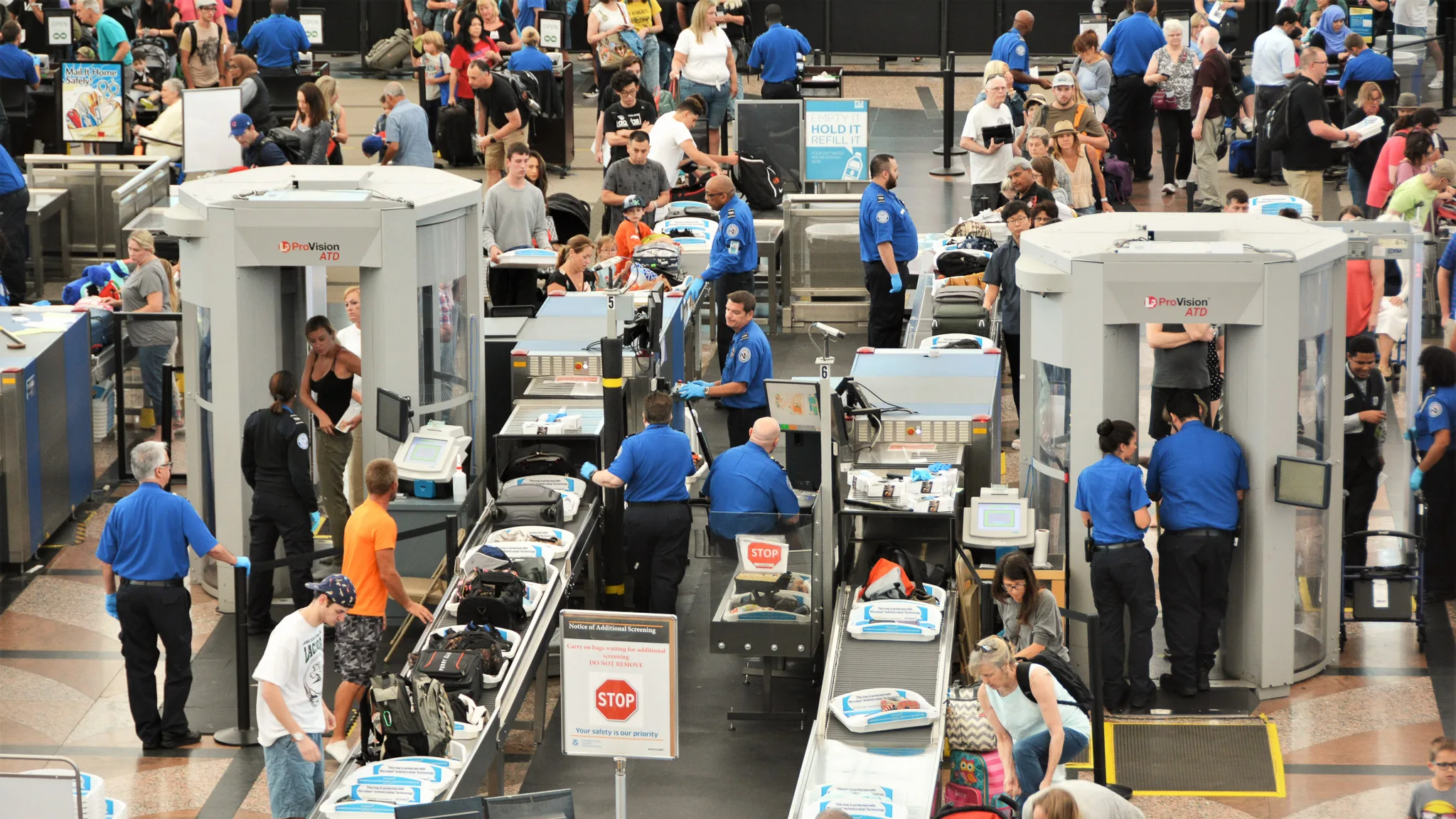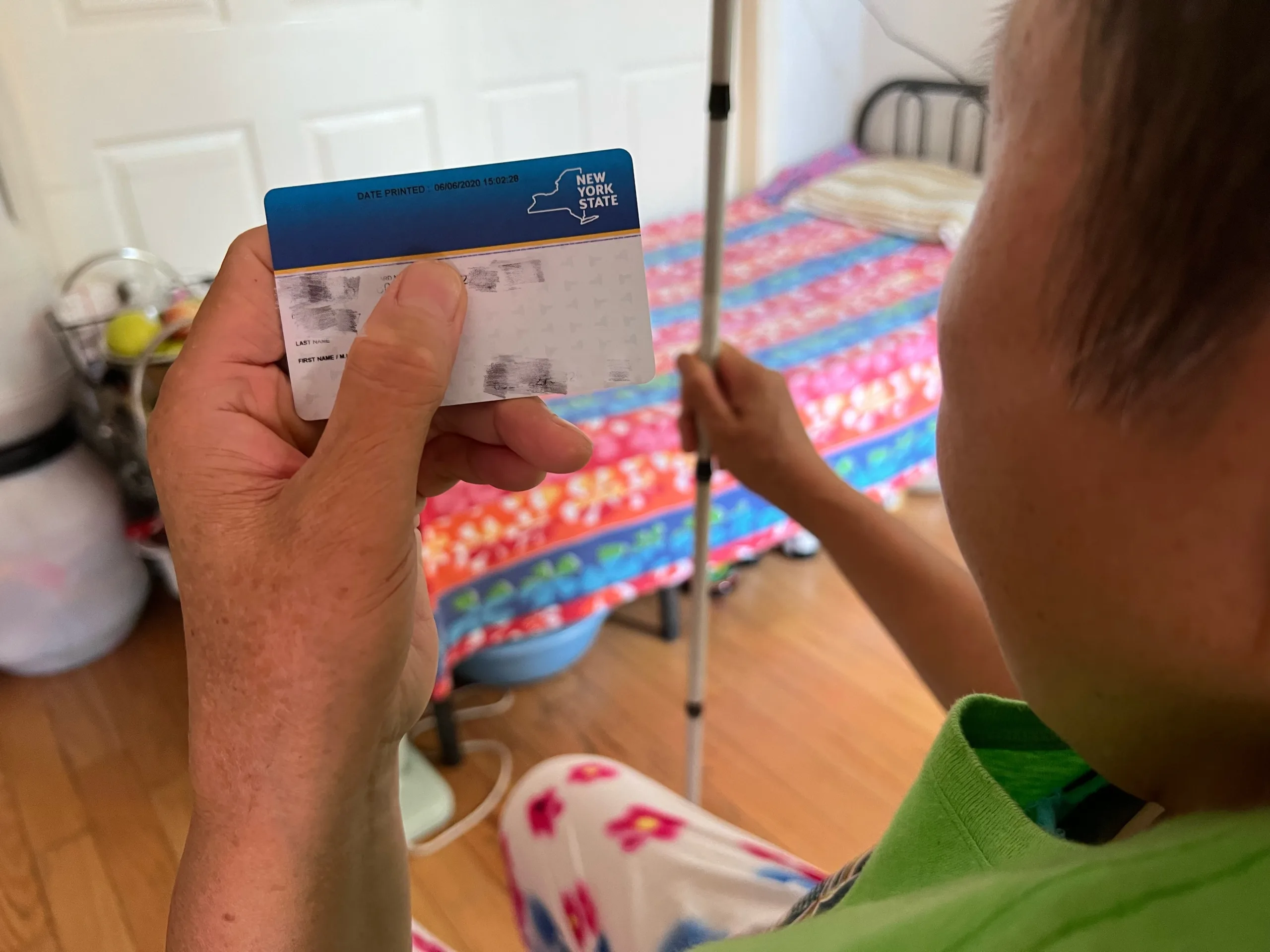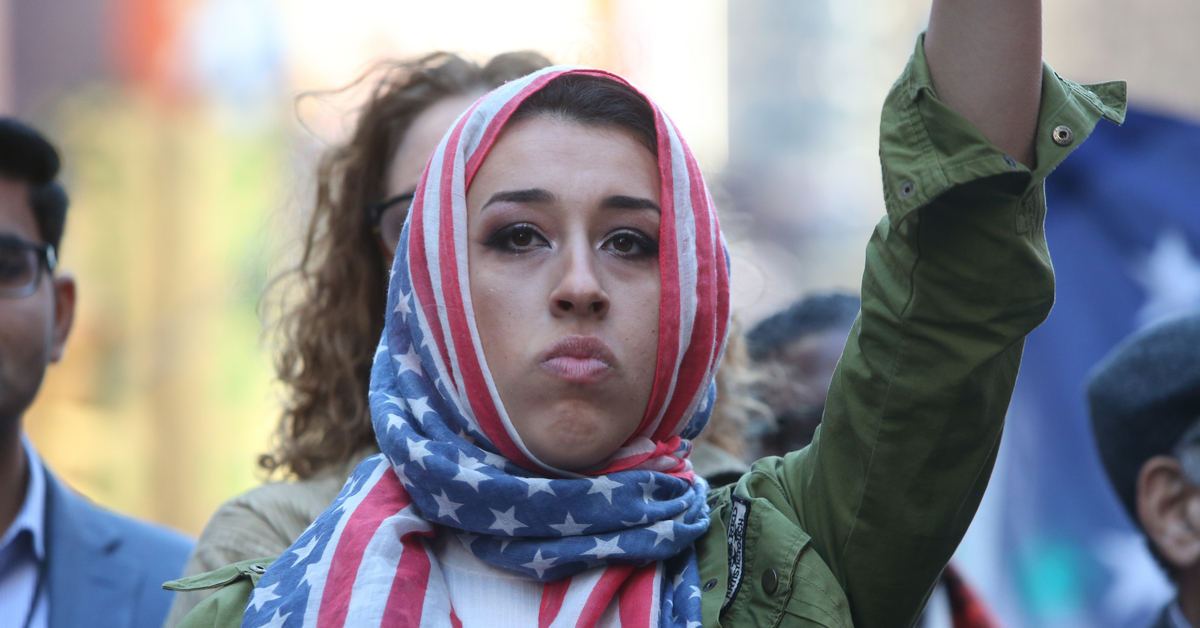Ensuring an accurate count in the decennial U.S. Census is critical for every locality in the U.S. It’s a crucial part of the process to receive hundreds of billions of dollars in federal funds for education, infrastructure, health, and other public programs, as well as determining the level of representation in Congress and the makeup of state legislatures.
Understanding this, officials in states around the nation have already allocated state funding to Census outreach efforts and to Complete Count Commissions (CCCs), which are state entities that quarterback the local Census campaigns. California has earmarked a staggering $100.3 million, Maryland has so far allocated $5 million, and Washington has allocated $464,000. Several states have measures to fund Census campaigns pending in their legislatures, including New Jersey, which has considering allocating $9 million to its CCC. New Jersey Governor Phil Murphy’s budget proposal, released on Tuesday, includes $2 million for a census outreach strategy.
However, in New York, one of the country’s largest states with one of the most notoriously hard-to-count populations, no funds have been allocated, nor have official funding proposals been floated for outreach programs. After spending only $2 million in the 2010 census, the state suffered the consequences of an undercount, including the loss of two Congressional seats.
New York has consistently been losing representatives in Congress since 1953, and there are concerns that it might lose another two after this census. Some of this has to do with the state’s actual population loss to other parts of the country, but experts also point out that New York, and particularly New York City, has one of the most notoriously hard to count populations in the country. It checks all the boxes for census pitfalls: high population density with irregular housing arrangements, hundreds of spoke languages, and millions of immigrants, including those who are undocumented.
New Yorkers are difficult to count
Getting New Yorkers to respond to the Census is probably going to be more expensive per person than it is elsewhere, and involve much more outreach through community organizations and local groups in addition to the usual state-level outreach campaigns. Melva Miller, a former Queens deputy borough president now running the Association for a Better New York’s (ABNY) census initiative, points to a Quinnipiac University poll on New York census attitudes. “The highest percentage of New Yorkers surveyed said [they trusted] community-based organizations, more than newspapers, more than television,” she said. Of 1,339 adult New Yorkers surveyed, 46 percent said they’d be more likely to participate if its importance was stressed by “a local non-profit organization that works in your community.”
The normal difficulties of running an accurate count are compounded by the federal government’s plan to require most respondents to fill out an online form as opposed to a physical one. Households will receive instructions on how to access the online portal, followed by the actual mailed census questionnaire if they don’t initially respond, by which point they may already be confused about their responsibilities.
The specter of a citizenship question has caused additional concern in immigrant populations already facing an openly hostile federal administration. The addition of the question has been tied up in litigation for months and the Supreme Court recently agreed to hear the case. Whether or not the citizenship question makes it onto the final form, the publicity it’s already received and the general climate of concern for immigrants is going to make getting high response rates a tall order.
Steven Romalewski, director of the CUNY mapping service and a scholar of the census, said that getting people to respond to the original mailings is the best way of ensuring the count is accurate. “There’s the first, self-response phase, and then the second non-response follow-up phase. The Census Bureau’s research indicates that the data collected through the self-response phase is the best, it’s the most reliable, it’s the least expensive to collect.”
The accuracy of the second phase — which consists of door-to-door counts through Census employees known as enumerators — is much worse. “It presents the greatest risk of either people not being counted accurately or not counted at all,” Romalewski said said. Its effectiveness has been further thrown into question by the fact that the Census bureau has cut down on test runs and training, and the Trump administration has not committed to issuing a waiver that would allow non-U.S. citizens to serve as enumerators.
Need of at least $40 million
The Fiscal Policy Institute, a nonpartisan think tank based in New York, released a much-cited report calling on the state government to provide $40 million in funding specifically for community-based outreach, in addition to funds would be allocated for state-based awareness and media campaigns. The funding would be divided up into “basic” outreach — which would entail things like public forums — for the entirety of the state’s hard-to-count (HTC) population, which is estimated at 4.8 million individuals based on previous census non-response rates. Certain segments of this population would then be targeted with more intensive forms of outreach, including in-person discussions and even one-on-one sessions with people in their native languages.
The launch of a successful outreach campaign is not just a question of funding amounts, but also timing. The census is set to begin on April 1, 2020, and designing and executing an awareness effort takes time. “These community organizations need to start doing their planning now,” said Romalewski. “It is a very limited time window that we have to do this work.”
Chhaya CDC, a Jackson Heights-based group that provides services to and advocates on behalf of the South Asian community in New York City, has begun mapping out its outreach efforts, but without an infusion of operating cash, it can’t get them off the ground. “The bottom line is you can’t do proper outreach without funding, because funding pays for staff, for foot soldiers out in the community. It’s a staffing issue,” says Annetta Seecharran, Chhaya’s executive director. “The funding is not going to overhead, it’s not going to other things, it’s going to have people pounding the pavement.”
Even if state money does arrive, it could be too late. “It takes organizations time to build up capacity, to find the right staff… we have to think about it like a campaign. People have to hear the information multiple times before they believe it, before it sticks. If you do that too close to the census date, you’re going to lose people,” Seecharran says.
With Governor Andrew Cuomo and the state legislature unable to agree to state revenue projections and the governor hinting that the overall budget will come after its April 1 deadline, progress on reaching agreement on funding for the Census seems elusive. Michael Whyland, a spokesperson for Assembly Speaker Carl Heastie, said in an email that “the Speaker and our conference members want to ensure there are appropriate funding levels so that New York can have a proper census process. Our budget proposal, which will be released on March 11, will reflect this.” A spokesperson for Senate Majority Leader Andrea Stewart-Cousins did not respond to a request for comment.
Cuomo spokeswoman Hazel Crampton-Hays said that the state has created its own CCC, even if it hasn’t yet allocated funding for the count itself. She pointed out that the governor has made efforts to gather more accurate residential and population data for use in the census and that New York has been one of the lead plaintiffs challenging the inclusion of the citizenship question. Once the CCC has made recommendations on spending for the census “we will launch a comprehensive campaign to ensure that every New Yorker is counted through marketing, outreach by the State agencies, and work with local governments. To support this effort, funds will be made available through Empire State Development,” she wrote. She didn’t say when the CCC will make its recommendations.
New York could need a standalone bill
According to Gotham Gazette New York’s CCC blew past a January 10 deadline to propose a spending plan for the count. Miller, the ABNY executive vice president running that non-profit’s census campaign, said that she’d been told by officials recently that the CCC wasn’t expected to issue its report until after the state’s comprehensive budget was due. That may make it difficult to get state funding for the census. “It is my understanding that the commission will be meeting a few months after the April budget deadline for the state, so whatever recommendations come out of the committee, there’s a risk that they might miss the budget deadline,” she said.
If the CCC doesn’t propose its census budget in time, funds would have to come from a standalone bill that would pass in the legislature and be signed by the governor at some indeterminate point in the future.
California’s $100.3 million in Census funds are already earmarked for dozens of different programs and campaigns around the state, including a “dedicated $1 million to contingency or emergency funding to have the ability to respond swiftly to unanticipated outreach challenges,” according to California CCC spokeswoman Diana Crofts-Pelayo. Some of the money has already been spent. “The State’s 2020 Census efforts started early, hiring staff, reaching out to state and community leaders, and putting together a strategy,” she added.
Miller said that FPI’s $40 million proposal may be outdated. “Because we’re behind the curve, the number might be low,” she says. ABNY is trying to develop its own messaging strategy and tap into its contacts in the private sector and non-profits to to help build out private census funds, such as the one being run by the New York Community Trust. However, these efforts won’t raise more than a few million dollars each, far below what’s needed to ensure an accurate count.
Chhaya CDC’s Seecharran said her organization had received modest funding from a foundation to do outreach before the 2010 census, which ultimately wasn’t enough to mount a proper operation. She remains bewildered that New York state’s process to allocate census outreach funds has been so slow.
“This is such a critical public issue that the government should be funding it… I’m really not sure what’s going on,” she said. Romalewski, the CUNY mapping director, agreed. “The philanthropic community is providing support, but the need is greater than that,” he said. “Really, it’s now or never. It’s a once in a decade thing, and there are no do-overs.”
